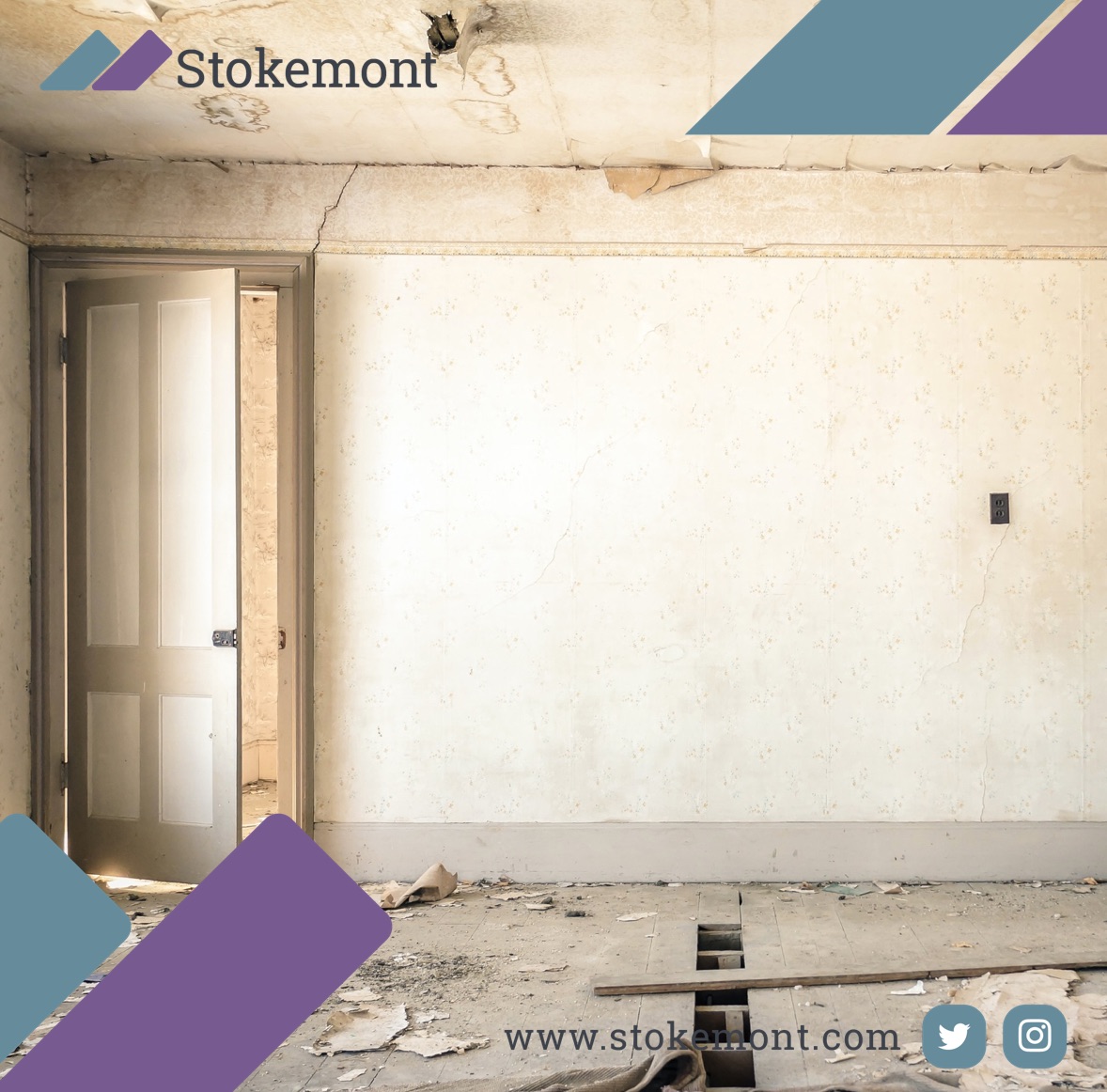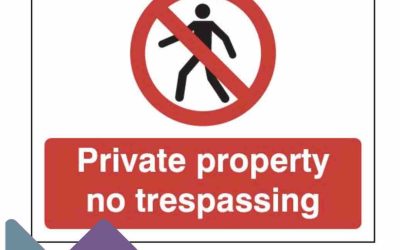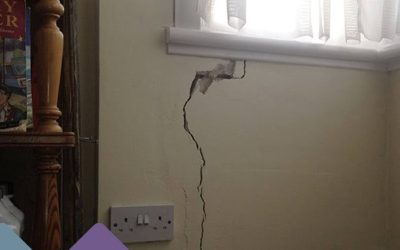In this week’s property surveying blog post, we are going to be looking at Licence for Alterations, or a Licence to Alter, when they apply and what you can do if you are a leaseholder who needs to obtain one.
If you are a leaseholder and are planning on undertaking structural work, or material changes to your property, your lease will likely require you to obtain the consent of your freeholder.
It is worth noting that the consent itself in all normal circumstances cannot be unreasonably withheld, however, do be sure to thoroughly check your lease, and in particular the alterations clause, as that will set out exactly what your rights are.
Assuming that you are in a position to obtain a Licence for Alterations, the process itself will generally see a legal contract, or legal document, drafted by either your surveyor, or the landlords surveyor, which ultimately sets out the various different types of work you are doing, and the landlords obligations that he bestows upon you.
Typical works for which a Licence for Alterations are likely to be required are;
- Changing windows.
- Changing floors, from soft to hard.
- Removal of structural or load bearing walls.
- Changing the location of kitchens or bathrooms, known as wet rooms.
- Installing additional kitchens and bathrooms.
- Converting the property demise.
In order to obtain a Licence for Alterations, the first thing you will need to do is to have a discussion with your landlord, to ultimately understand and sound out their position on how they want to approach the matter.
There are generally two different options, the first being formal, which is the agreement of a Licence for Alterations usually with the input of surveyors, solicitors, and potentially even chartered engineers.
Alternatively the landlord may take a less formal approach, and effectively agree informally, this would generally moot the requirement for professional input, enabling the matter to be dealt with in an informal neighbourly manner.
During the course of the works, assuming that the matter is dealt with formally and a Licence for Alterations is agreed, you will often find the freeholders surveyor popping on to site to check the works and ensure that they adhere with the Licence for Alterations and overall submitted proposals.
They will also likely require copies of post-work certificates from Building Regulations, any service operators, such as electricians, or gas engineers with the ultimate aim being that the landlord’s property is well protected.
If you would like to discuss Licence for Alterations with our team of qualified and experienced chartered surveyors here at Stokemont, give us a shout today and we will be happy to assist you.




